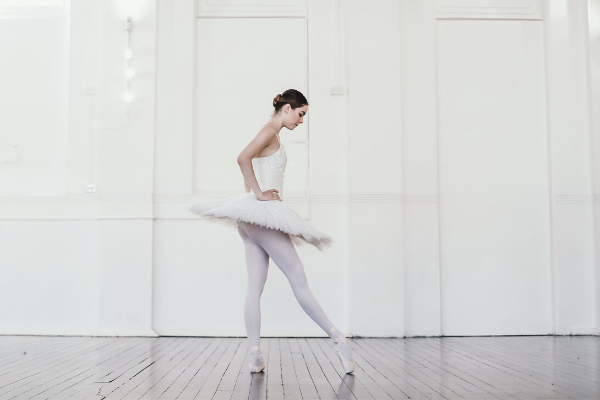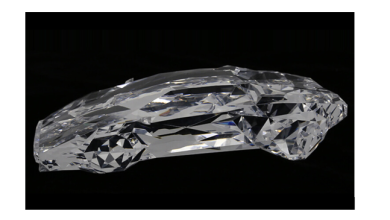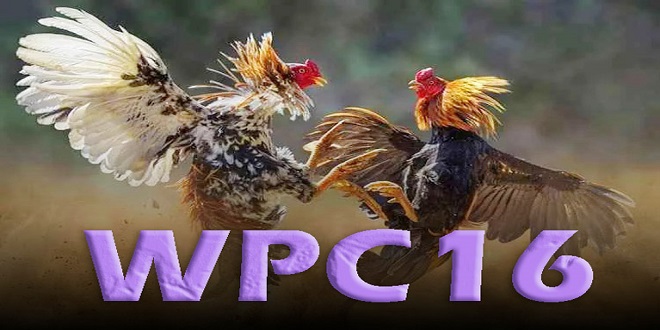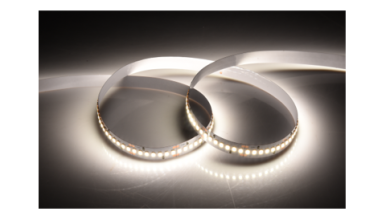When Can You Start Pointe Work?

Factors that Do Not Matter
Although we used to believe that the most important criteria for choosing pointe shoes was age, this is no longer true. A professional dancer can still be in their twenties. It is important to not underestimate your physical maturity. You don’t become a skilled dancer with enough muscle to support your technique or your ability to tolerate discomfort.
The Risques
Before you can wear pointe shoes, make sure that your bones are strong. It usually happens at the end or beginning of a dancer’s twenties. The bones of your feet aren’t strong enough to support your weight while you dance on your toes. However, it is possible for the age to vary. If a dancer has years and years of experience and well-developed muscles, the age does not matter.
If you don’t have the proper technique and strength, your body weight, intensity of jumps and moves can cause fractures in bones that aren’t yet developed. Pointework should not be done without proper training. It is not possible to just wear pointe shoes for hours while you attend ballet class. Unfit shoes, especially if they are worn in a hurry, can increase your risk of injury.
Pointe shoes are often worn by 10-12 year old dancers. While it is still dangerous to wear pointe shoes on stage, these dancers are professionals. They usually start their training as young as five years old. These dancers are able to wait until they turn 16-18 to change to the correct dancing shoes, which can be split soles or strengthened toes. It is rare for 8-9 year old dancers to wear pointe shoes on the stage. It doesn’t matter when a dancer begins pointework training. It doesn’t matter if you are a skilled dancer or if you started pointework many years ago.
Attention! You are not ready for pointe shoes if you have just joined classes. Even though your feet bones are fully formed, they can still be injured. They can’t hold your weight on the toes.
Signs that you are ready for points
Before deciding whether you can wear pointe heels, there are many factors to consider. These factors are not negotiable. It is best to continue training in special dance shoes if you are unsure about any one of these factors. These are the essential requirements:
- There are many training programs. You can learn pointe shoes faster if you put in the effort. Official statistics show that the average ballet dancer must spend 2-3 years learning ballet, with at least 3-4 classes per week, before they can wear pointe shoes. Ballet classes are the only type of dance you should be taking, as your body needs to adjust to the extra weight. Although it is great to dance different types of ballet, it doesn’t count. To consider wearing pointe shoes, you need to train for at least five hours per week and have at least one year.
- Pointe shoes are a mature choice. This means that you have tried dancing shoes before and are comfortable with them. Pointe shoes don’t have extra features that can help you lift the weight. Pointe shoes can give you a lighter feeling in your movements, but it can also cause stress to your body. While you adjust to the shoes, you will need to continue with your ballet practice.
- You must have a good technique. You must use all of the skills that you learned in class to stand on pointe shoes. Your shoes will need to be lifted up and taken out of your feet constantly. You may also need to learn how to balance on one side of the pointe. To slightly reduce the pressure on your knees and feet, your core, abdomen, balance, lower back and abdomen all need to work together. To do this, you need experience. You need to learn how to balance properly and not fall constantly. You may need to take more lessons and practice if you aren’t sure how to properly use the plie in your dance and how to place your legs in tendu.
- Your physical condition. You must be physically fit and healthy to stand in pointe shoes. You should check with your doctor before you start ballet if you have any health issues. This dance requires a lot of physical fitness. You can’t be overweight as you could injure your legs. To be able to endure all the jumps, spins and squats you must be in good health.
Pointe Shoes without Training
You can’t wear pointe heels or stay in them for more than 10 minutes if you have never danced before. After several exercises, you will feel pain. You can do them easily if you wear the appropriate shoes for your level. You will not be able to dance in pointe shoes if you don’t have enough training. Even though you’ll finally be able to dance in pointe shoes, it is more likely that you will give up ballet.
After consulting with your instructor, you must wear pointe shoes. You should choose a reliable ballet professional. After four years of training, the best ballet schools won’t allow students to wear pointe shoes. This time can sometimes be reduced depending on how much training you receive each week. Even the most brilliant students cannot switch from training shoes to pointe footwear earlier than 2 years after graduation.
Dancing Without Pointes
It is possible to dance ballet in pointe shoes. Ballet is more than just pointe shoes and tutus, even though you might not believe it. Ballet shoes are a great way to show off your graceful moves. Ballet students have been using demi-pointes for many years. These shoes offer extra comfort and protection for your feet. Many professional ballet dancers wear pointe shoes for performances only. They do not wear them during training.
You might find the right pair of dancing shoes for you, depending on your level. Split soles provide extra support and are the most popular choice for beginners. You have protection in the toe. Split soles allow your feet to move freely without discomfort. You should also make sure that your shoes are not slippery. You’ll be moving a lot, so you don’t want your shoes to slip. These are the best training shoes:
- Durable. All stitches remain in place and won’t fall apart during training.
- Washable. Shoes that aren’t washable will cost you money, as you’ll be going to school at least twice a week.
- A tight grip. High-quality soles should have a tight grip.
- Breathable. You will move a lot. You will lose your balance quickly and not get the desired results if your feet are wet.
- Light-weight. Your shoes don’t have to be heavy while you dance. They should be lightweight and offer comfort.
- Stronghold.Pointes typically have two straps on each side of your feet. You must fix them before you start dancing. Additional support is required for dancing, such as the elastic upper fixation or ribbon.
Time
Before you buy pointe shoes, make sure that you fully understand the pros and cons. They can be kept for when you are ready but you should first try them as training shoes. You can only switch shoes after you have mastered your ballet skills. You can still dance in pointe shoes if you wish.




